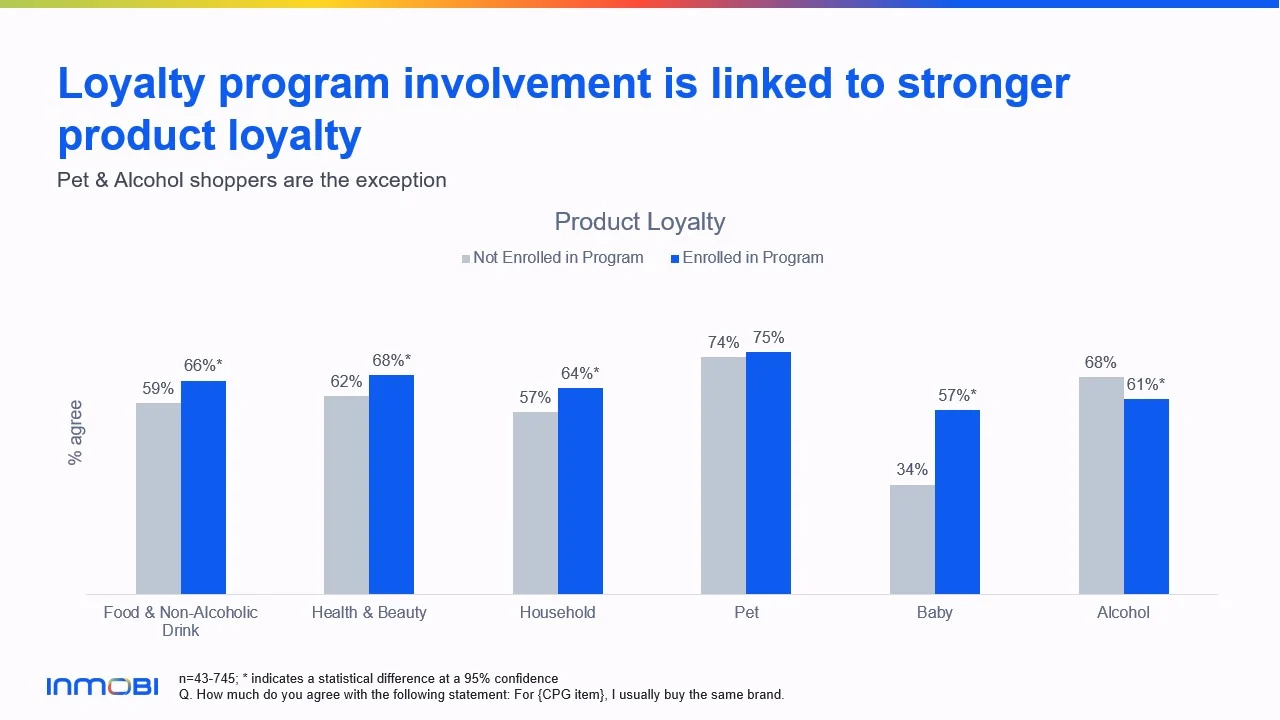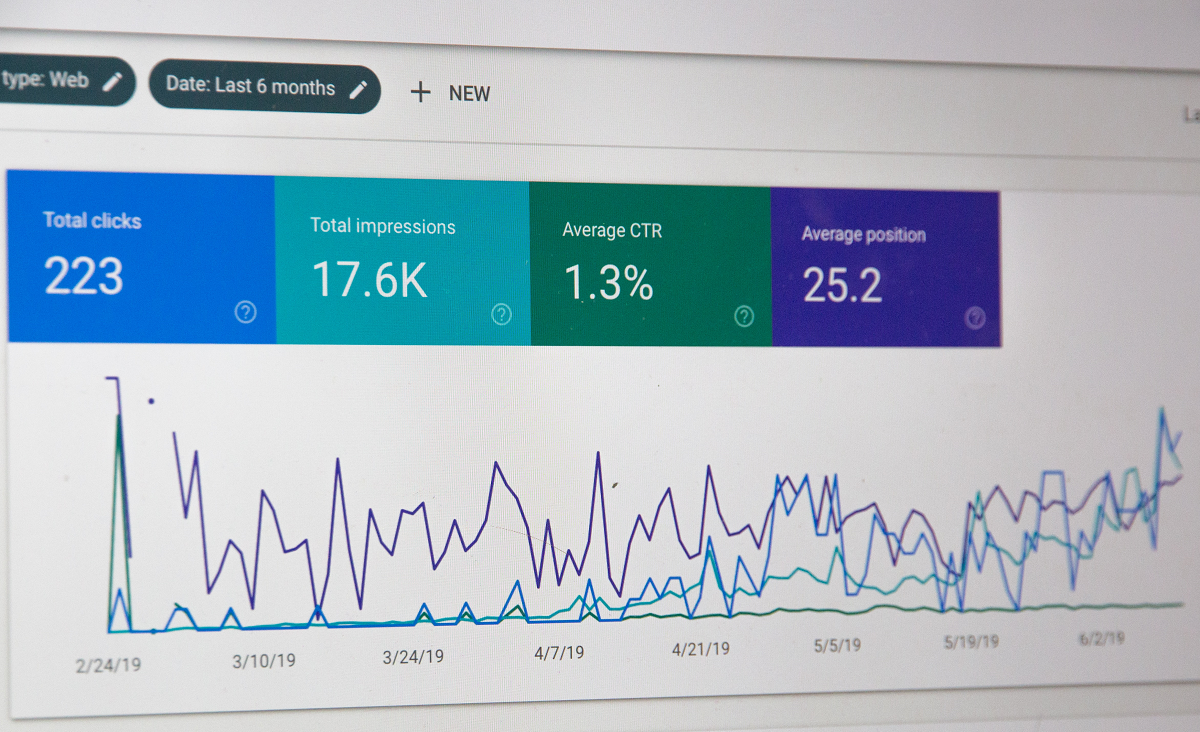State of CPG Marketing Campaigns
CPG companies are still spending a portion of their marketing budgets, roughly 13.6%, on traditional advertising, including radio, television, newspapers, bulletin boards, and storefront promotion. But in recent years, CPG marketing has pivoted towards multi-channel marketing as brands allocate more of their budgets to digital formats. In 2021 alone, spending for CPG digital ads increased by 31.7%.
Social media marketing, primarily through micro-influencers, is another rising trend in consumer-packaged goods marketing. A report by Morning Consult revealed “35% of men and 47% of women follow influencers who post regularly about food”. CPG brands looking to connect with younger demographics and discover niche audiences of new buyers collaborate with micro-influencers to market their products. Micro-influencers have proven effective because they have more sway and perceived trustworthiness among their followers.
Limitations of Current CPG Marketing
Current CPG marketing typically relies on casting a broad net to reach as many potential customers as possible through various channels. While this is often an effective approach, it poses a few core challenges for marketing teams:
1. Lack Verification
When pushing out print ads, digital ads, and campaigns through social media, there is little to no verification that these efforts connect with targeted customers or result in actual sales. Even when traditional coupons or QR codes are scanned, the interaction usually ends there.
2. Difficult to Measure
CPG brands want to prove their marketing ROI, but it’s difficult to accurately measure results using the current strategies. Marketing should be strategic, precise, and deliberate, but marketing is just a shot in the dark without a way to measure campaign impact and purchase conversion.
3. Generic
Traditional CPG marketing relies on increasing brand awareness and trust through generalized campaigns. This cookie-cutter approach reaches many prospective customers but struggles to address the unique concerns, considerations, and personalities of varied customer groups.
4. Static Content
Ads may display the product in a fun and appealing way, but the content is static, so there’s no way for customers to interact in a meaningful way. Interactive content is 52.6% more engaging than static content, holding customers’ attention for longer.
5. Missed Chance to Create Loyalty
Reward programs incentivize customers to return again and again to the same brand. Research shows that product loyalty is strongly linked to rewards program involvement in the following CPG categories:
a. Food & Non-Alcoholic Drink
b. Health & Beauty
c. Household
d. Baby
Digital and print ads, social media campaigns, and commercials can struggle in this area. CPG brands with loyalty programs need new marketing methods to help customers connect with these rewards.

* Image source: Inmobi, “Current State Of Customer Loyalty With CPG Brands” 2022.
6. Lacking Insightful Data
The data brands are collecting isn’t very useful or high value with the current marking methods. Outdated marketing strategies aren’t positioned to succeed in today’s data-centric world.
Abrio’s Innovative Marketing Approach
Abrio solves the core limitations of current CPG marketing strategies with QR codes placed inside packing. Every product purchased has a chance to connect with actual customers because the QR code is only revealed when the customer consumes the product.
Abrio’s QR codes can link to digital campaigns offering fun, interactive, and personalized content. Virtually anything a brand can imagine can be realized into a highly effective digital campaign. Our campaigns support new customer acquisition, enhance customer experiences, and promote repeat purchases.
With Abrio’s marketing solutions, brands can collect first-hand consumer behavior data, which can be leveraged in subsequent marketing campaigns for greater personalization and strategic positioning. Marketing tailored to customer behavior, based on verification and measured impact, proves far more productive than casting wide nets.

